When severe weather hits in the form of a powerful storm, heatwave, or winter freeze, most people realize that they weren’t truly prepared. A sudden blackout, lack of clean water, or even the inability to call for help can turn a tough situation into a dangerous one. Millions of Americans face extreme weather events each year, and these events are becoming more frequent and intense.
From hurricanes along the coast to wildfires and blizzards inland, every region has its risks. This guide will walk you through practical steps to prepare for severe weather, including what to stock up on, how to keep your home safe, and why having a reliable home battery backup, such as Jackery, can make a real difference during outages.
AI Takeaways
- Severe weather refers to extreme atmospheric conditions, such as hurricanes, blizzards, heat waves, and thunderstorms, that can disrupt daily life and cause widespread damage.
- The main causes of severe weather include shifting air masses, changes in temperature and pressure, and natural climate patterns.
- Severe weather can occur anywhere in the US, but different regions face distinct threats, such as tornadoes in the Midwest and wildfires in the West.
- Jackery Solar Generators offer a reliable and quiet backup power solution during severe weather events. Since they recharge using solar energy, these solar generators are especially useful when fuel is unavailable or grid power is down for extended periods.
- What are the items you must prepare for severe weather safety.
Latest Weather Update: Severe Conditions Across Multiple US Regions
The National Weather Service has reported that several regions across the US are facing a mix of heavy rain, snow, and potential flash flooding through mid-October 2025. As of October 14, 2025, Southern California and the Southern Rockies are under a Slight Risk of excessive rainfall, which may lead to localized flooding in urban areas, low-lying regions, and near recently burned zones. Heavy rain is also expected across Central California, while the Sierra Nevada Mountains are forecasted to receive significant snowfall till October 15, 2025.
Meanwhile, a coastal low near the Mid-Atlantic Coast is bringing light rain to the Northeast and Mid-Atlantic states, expected to clear by October 14, 2025 evening. The same weather system will move inland, spreading showers and thunderstorms across the Great Basin, Central Rockies, and Plains through Wednesday. Rain will reach the Northern Plains, Upper Mississippi Valley, and Great Lakes region by midweek, with light snow developing over parts of the Northern Rockies by Wednesday night.
These widespread weather patterns highlight the importance of severe weather preparedness. You need to ensure homes are secure, emergency kits are ready, and backup power sources like Jackery Solar Generators are available to keep essential devices running safely during power outages.
What is Severe Weather?
Severe weather is any meteorological event that presents a danger to human life and is often out of the ordinary in occurrence. Severe weather is a general category that includes some disasters. Typical severe weather includes above-average strength thunderstorms, snowstorms, along with heat waves or drastic drops in temperature.
Disasters that are classified as severe weather include hurricane along with tornadoes. Severe weather includes both disasters and normal weather that happens to be more intense and causes damage. This includes excessive hot or cold weather. While wildfires aren’t a form of severe weather, extreme heat can increase the chance of a wildfire occurring. However, if a fire is large enough it actually can create its own weather. These fire-created weather patterns are called Pyrocumulonimbuses, or fire-clouds. These storms can cause dry lightning and severe winds, both of which can spread the fire and literally fan the existing flames. Fire tornadoes can also be created by these weather patterns, and while not as destructive as a normal tornado, a swirling mass of wind, smoke, and fire is still an incredibly dangerous phenomenon.
What are the Causes of Severe Weather?
The causes of severe weather are the same forces that create normal weather (heat from the sun and the movement of hot and cold air). However, due to various factors, weather patterns can become more powerful and dangerous. Factors that can increase the likelihood of severe weather include topography, geography, local climate, proximity to the ocean, and seasonal fluctuations in the air.
Where Does Severe Weather Normally Occur?
Severe weather can occur in any state. Natural disasters such as hurricanes usually occur along the southeast coastal regions, while tornadoes primarily affect the central states of the U.S. Severe waves of hot and cold temperatures can affect any state, as was shown by Snowstorm Uri that affected the western United States and Texas in early 2021.
Thunderstorms, if powerful enough, can be classified as severe weather. Thunderstorms are more common in the eastern and southeastern states of the United States but can spring up anywhere depending on the weather conditions.
Generally, every state within the U.S either is at risk of or regularly experiences some form of severe weather.

What are the Dangers of Severe Weather?
The general dangers of severe weather vary widely on location. As severe weather encompasses natural disasters along with seasonal weather, the list of hazards is extensive. In general, power outages are to be expected during a severe weather event. It is therefore recommended that you have a backup power source and a few days of food while the damage is repaired.
If the severe weather is destructive (flooding, high winds, etc), then a power or utility outage may last longer. You should familiarize yourself with local hazards so you can prepare for the most likely severe weather in your area.
What Severe Weather Can Hurricanes Bring?
Hurricanes are massive, strong storms that can cause severe damage to property and loss of life. They can impact day-to-day life for days or weeks, and so preparing is a must. The hazards associated with a hurricane are powerful winds, flying debris, flooding (including a storm surge), and subsequent power outages.
Keep yourself and your family safe during a hurricane by being prepared; read our article on how to prepare for a hurricane at home.
What Severe Weather Can Thunderstorms Bring?
Severe thunderstorms can cause high winds, large hail, and excessive rainfall. Flooding, property damage, and flying debris are common hazards associated with severe thunderstorms. Powerful thunderstorms can bring down trees and power lines; make sure you have supplies to be self-sufficient for a few days.
Large amounts of rain due to a thunderstorm can also cause floods; learn about how to prepare for floods.
What Severe Weather Can Tornadoes Bring?
Tornadoes are a type of severe weather that requires immediate sheltering in place or evacuation. The primary danger of tornadoes is extremely high winds and flying debris. These disasters can destroy homes and communities, so having a safe room or basement is highly recommended. Tornadoes can move quickly and abruptly, so if you have time to get out of the way, don’t delay!

How to Prepare for Severe Weather?
Preparing for severe weather depends largely on what you are most likely to experience. For example, having a grab-and-go bag in case of a wildfire evacuation is a bit different than being prepared for a week or two of no power after a severe hurricane. However, having enough supplies to be self-sufficient for 72 hours will get you through the majority of severe weather.
The Federal Emergency Management Agency (FEMA) recommends that ideally, individuals and families should store up to 2 weeks of supplies. That amount of supplies is especially important if you live somewhere that experiences hurricanes, tornadoes, ice storms, or other disasters that can affect a large area over an extended length of time.
A general supply list for short-term events should include:
- Food and water supplies for each person to be self-sufficient for 3 days. FEMA recommends at least a gallon of water per person, per day, along with non-perishable food items such as canned goods
- A paper map with clearly-defined evacuation routes including meet-up locations if separated from other family members or friends
- At few days’ supply of essential medications or prescriptions such as high cholesterol medication, anti-seizure prescriptions, insulin, or thyroid medication Change of clothing
- A change of clothing, along with spare shoes if able
- Spare eyeglasses or contact lenses
- An extra set of car and house keys
- Spare cash (The power may be out so a credit card wouldn’t work)
- First aid kit
- Flashlight
- Battery-powered weather radio and spare batteries
-
Jackery Solar Generator to power essential household appliances during outages
- Sanitation supplies including heavy gloves (for sorting items on returning), and boots
- Copies of essential documents (house deeds, photos, birth certificates, passports, etc.)
Food and water are an essential part of your emergency supplies; be sure to store enough! Due to potential road blockages and power outages, having a supply of essential medications is also extremely important.
For Richard, reliable power is about peace of mind earned through experience. After a lifetime spent keeping others safe when systems failed, he has built one at home that does not fail. Each Jackery Portable Power Station plays its part, quietly holding the line when storms hit and the grid gives way. In a state where hurricanes are inevitable, Richard has found something rare that ensures whatever happens outside, he is ready inside. Read Richard's Jackery Story to see how he gets through Florida hurricanes and storms with reliable power.
Jackery Solar Generators for Severe Weather
One of the biggest challenges during severe weather is maintaining power when the grid goes down. Jackery Solar Generators offer quiet, reliable power to keep essential appliances running for hours or even days. Since they don't rely on gasoline or diesel, you don't have to worry about refueling during storms, shortages, or outages. Whether you're facing hurricanes, ice storms, or extended power outages, Jackery Solar Generators provide a reliable way to keep essential devices running, from lights and phones to refrigerators and medical equipment.
Jackery Solar Generator HomePower 3000
For households that want a dependable, high-capacity backup solution without getting into full home coverage, the Jackery Solar Generator HomePower 3000 is a strong choice. It can power essentials like your refrigerator, internet router, laptop, or CPAP machine for hours on a single charge. The compact size and portability also make it ideal for apartments or small homes that can't install traditional backup systems. If you're looking to keep your essentials running for short to medium blackouts, this is a smart entry point.
Appliances Running Time
- Refrigerator (300W) = 8.1H
- TV (150W) = 15.2H
- Heater (1500W) = 1.7H
- Water Heater (2000W) = 1.3H
- Electric Stove (2000W) = 1.3H
Who Should Buy This
If you want the smallest and lightest 3kWh LFP power station that can be carried around the home to run essential appliances, then the Jackery Solar Generator HomePower 3000 is the ideal choice.

Customer Review
"I finally feel secure knowing that when the blackouts occur, I can simply push a button and keep my fridge and freezer running. Blackouts are occurring more frequently, and I am prepared for them. Thank you." — Victoria Woodward.
Jackery Solar Generator HomePower 3600 Plus
The Jackery Solar Generator HomePower 3600 Plus is a reliable home backup power solution designed to keep your essential appliances running smoothly during severe weather. With a massive 3.6kWh capacity and expandable battery options, it can power essential appliances, lights, medical devices, and communication tools when the grid goes down. Whether facing storms, floods, or extended blackouts, the Jackery Solar Generator HomePower 3600 Plus delivers steady, quiet, and clean power. It also features a telescoping handle and wheels that ensure easy transportation around the home.
Appliances Running Time
- Refrigerator (300W) = 9.5H
- TV (150W) = 17.7H
- Heater (1500W) = 2.0H
- Water Heater (2000W) = 1.5H
- Electric Stove (2000W) = 1.5H
Who Should Buy This
If you live in an area prone to storms, hurricanes, or winter blackouts, the Jackery Solar Generator HomePower 3600 Plus offers complete peace of mind. When expanded, it can power a refrigerator for up to 14 days, keeping food fresh and essentials protected even during prolonged grid failures.

Customer Review
“I really like its functionality, very easy to move around if need be. Tremendous amount of power. It powers what I need to have powered in a blackout.” — Brooke Kruger.
Jackery Solar Generator 5000 Plus
If you want a full-day or multi-day backup for your larger household appliances, the Jackery Solar Generator 5000 Plus stands out as a reliable option. With expandable battery packs, it's designed to keep key appliances, such as your refrigerator, microwave, or even washer, powered during longer outages. You can even use the smart transfer switch to connect the power station directly to your home's essential circuits to offer peace of mind during severe weather conditions.
Appliances Running Time
- Refrigerator (300W) = 12.2H
- TV (150W) = 21.4H
- Heater (1500W) = 2.8H
- Water Heater (2000W) = 2.1H
- Electric Stove (2000W) = 2.1H
Who Should Buy This
If you want a large-capacity solar generator that can power most home emergency appliances during outages caused by severe weather, then the Jackery Solar Generator 5000 Plus is a reliable home battery backup option.

Customer Review
"This is my second unit from Jackery. Love them. I bought the 5000-plus for backup for the coming storm season here in Houston. Mainly to run the refrigerator. The great sale and stackable coupon sealed the deal." — David Tanaka.
Conclusion
Preparing for severe weather isn't something to postpone. A few simple steps, such as building an emergency kit, staying informed, and having an essential home backup solution, can help reduce risks during storms, freezes, and other disasters. Jackery Solar Generators are a practical part of that plan. These essential home backup solutions can adapt to your needs, whether you want to power critical household appliances running during an outage.

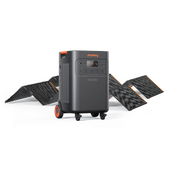








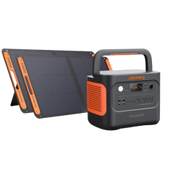


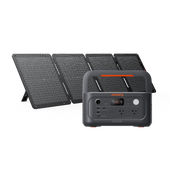
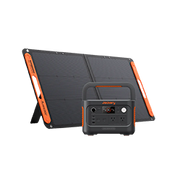

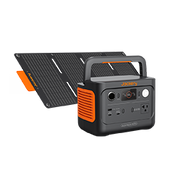
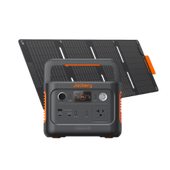
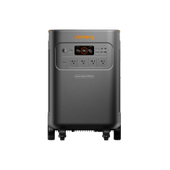
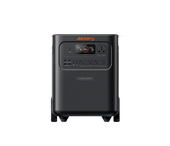
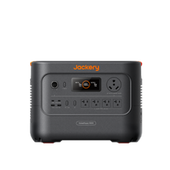
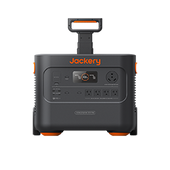
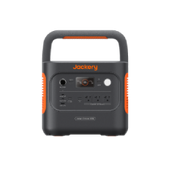

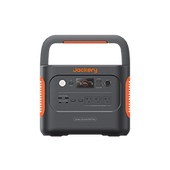
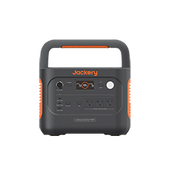
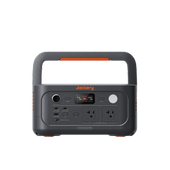
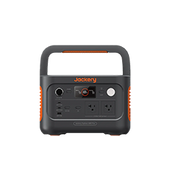
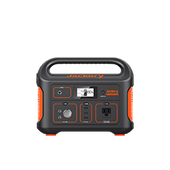
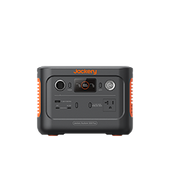

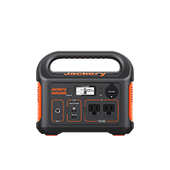
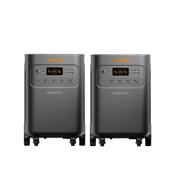

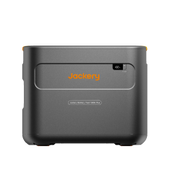

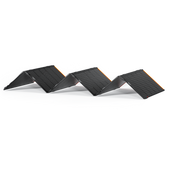


![[Add - on] Jackery Manual Transfer Switch for Explorer 5000 Plus - Jackery](http://www.jackery.com/cdn/shop/files/add-on-jackery-manual-transfer-switch-for-explorer-5000-plus-9017324.png?v=1754016782&width=170)
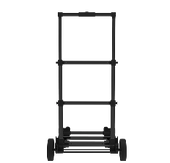
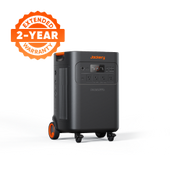
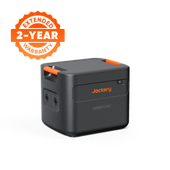

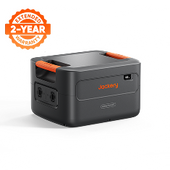
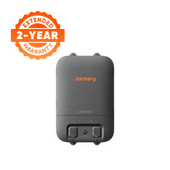


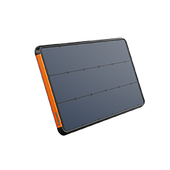
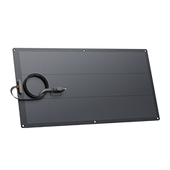
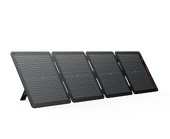


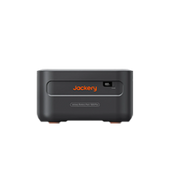
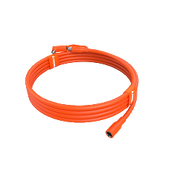

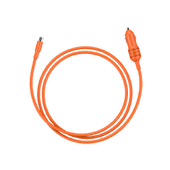


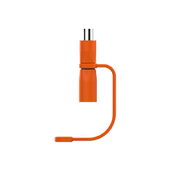
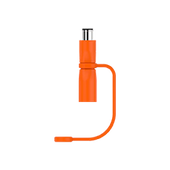
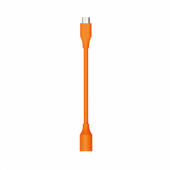
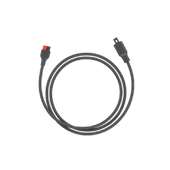


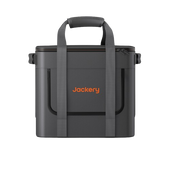
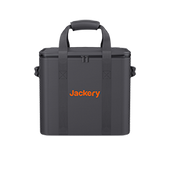
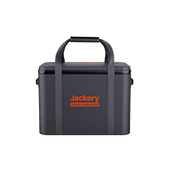
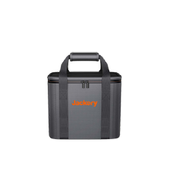
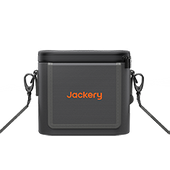
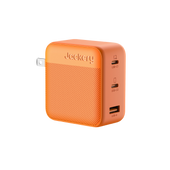
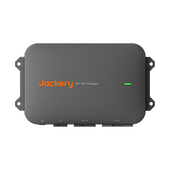


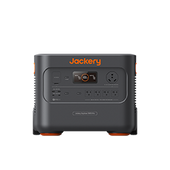
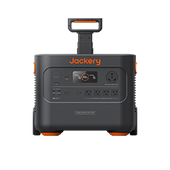
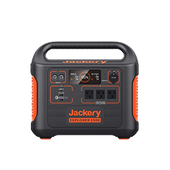
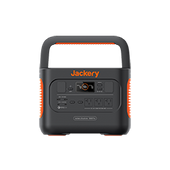
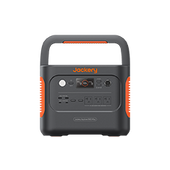
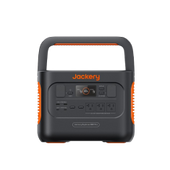
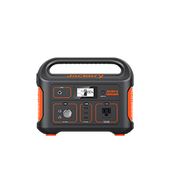
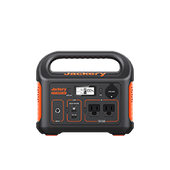
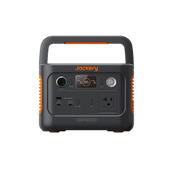

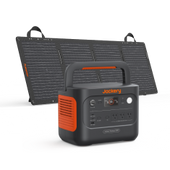
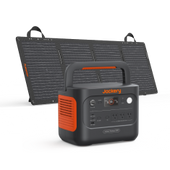
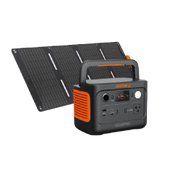
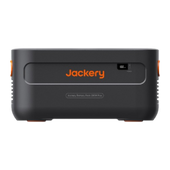
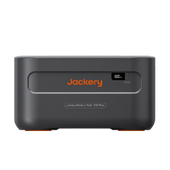
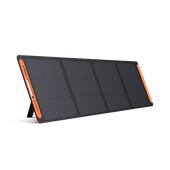
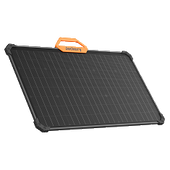



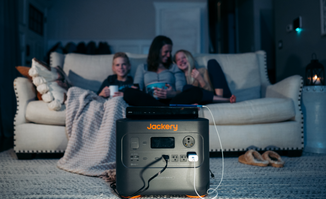

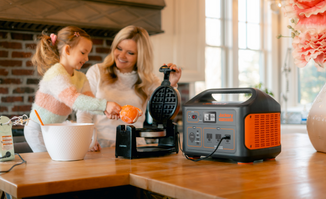
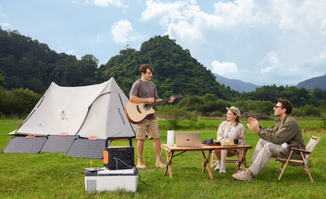
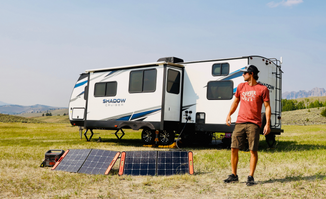

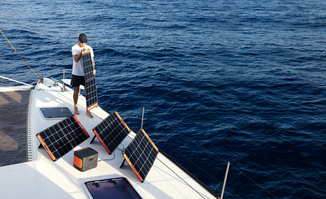
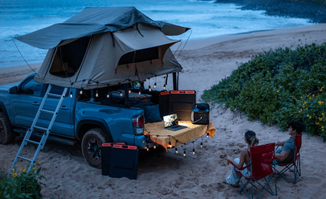
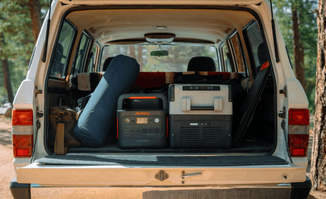
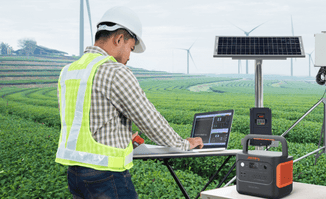
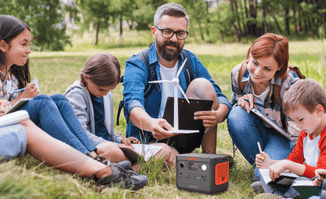


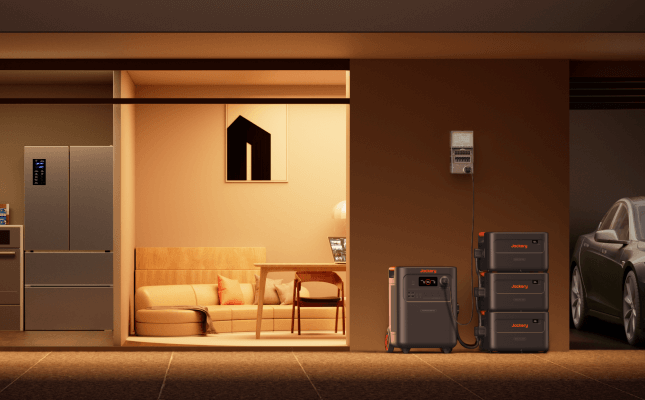
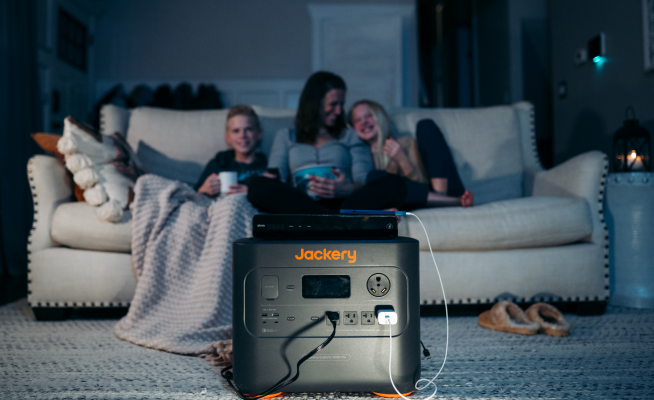

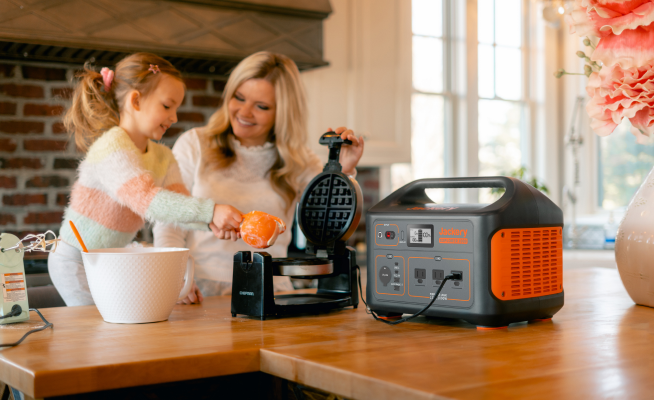
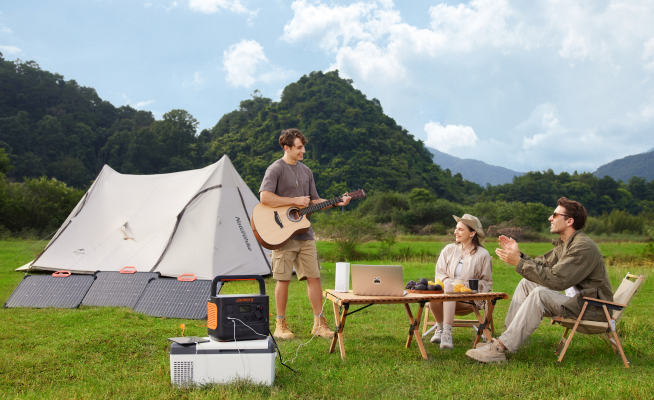
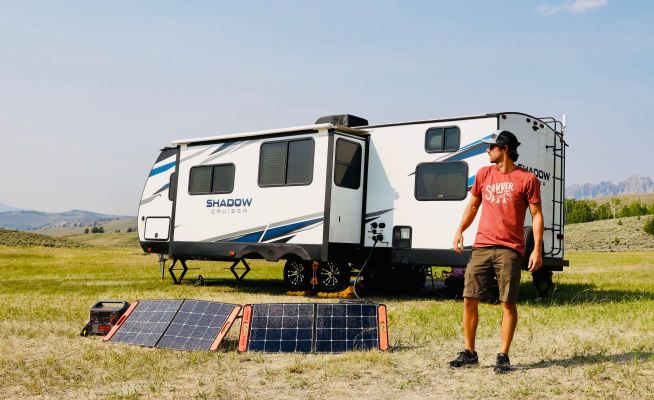

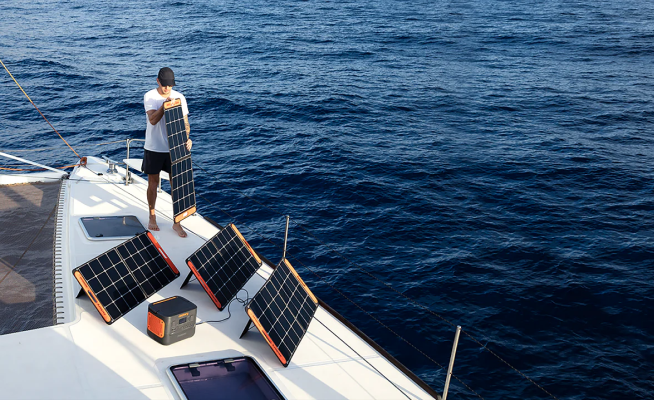
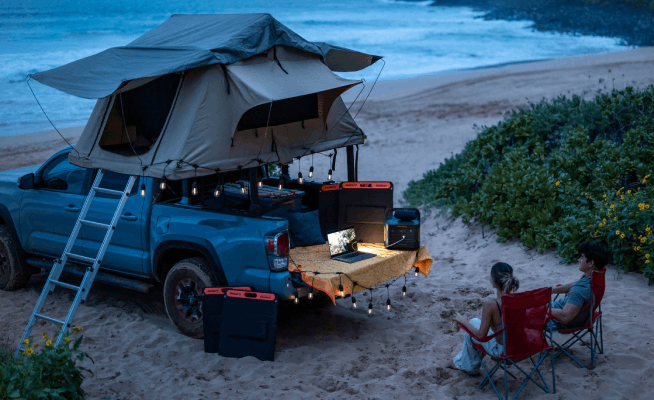
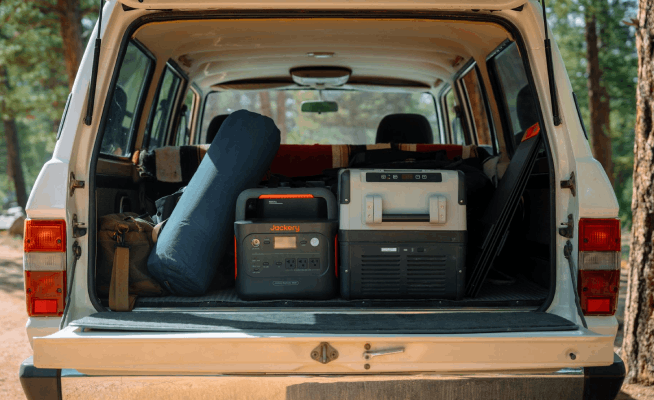






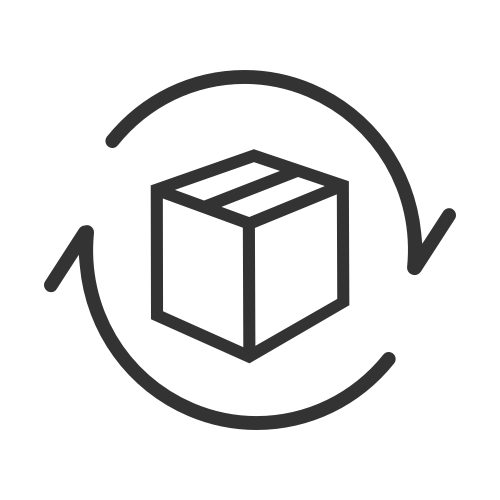







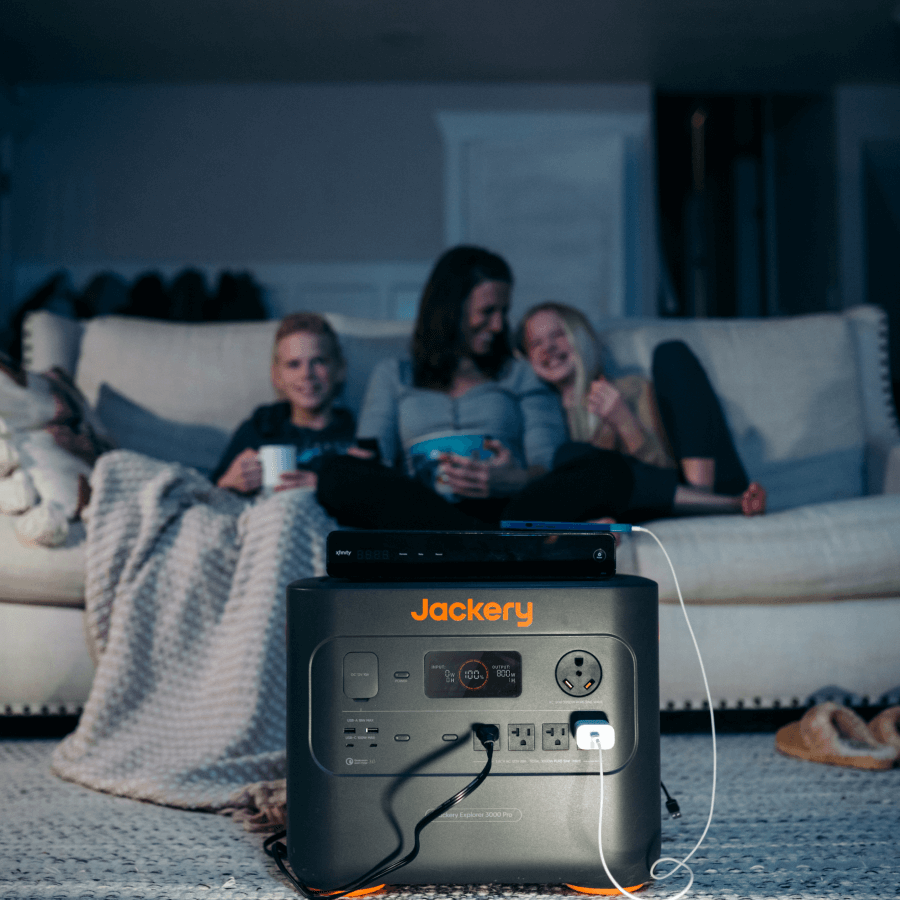
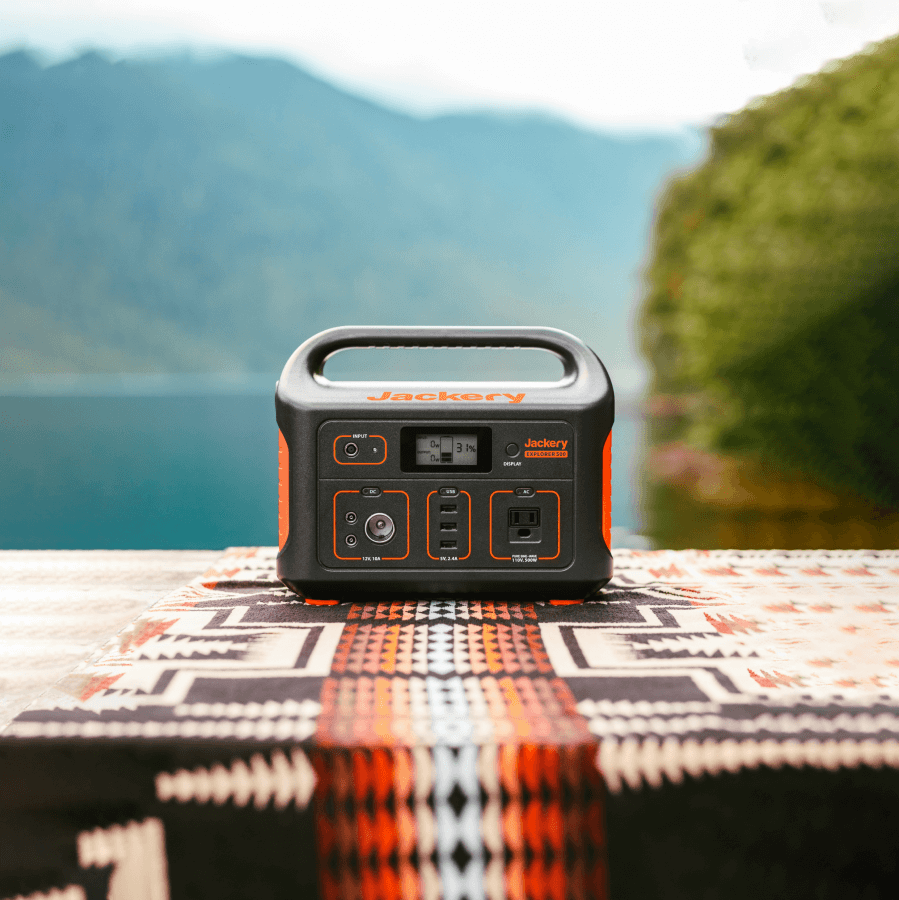
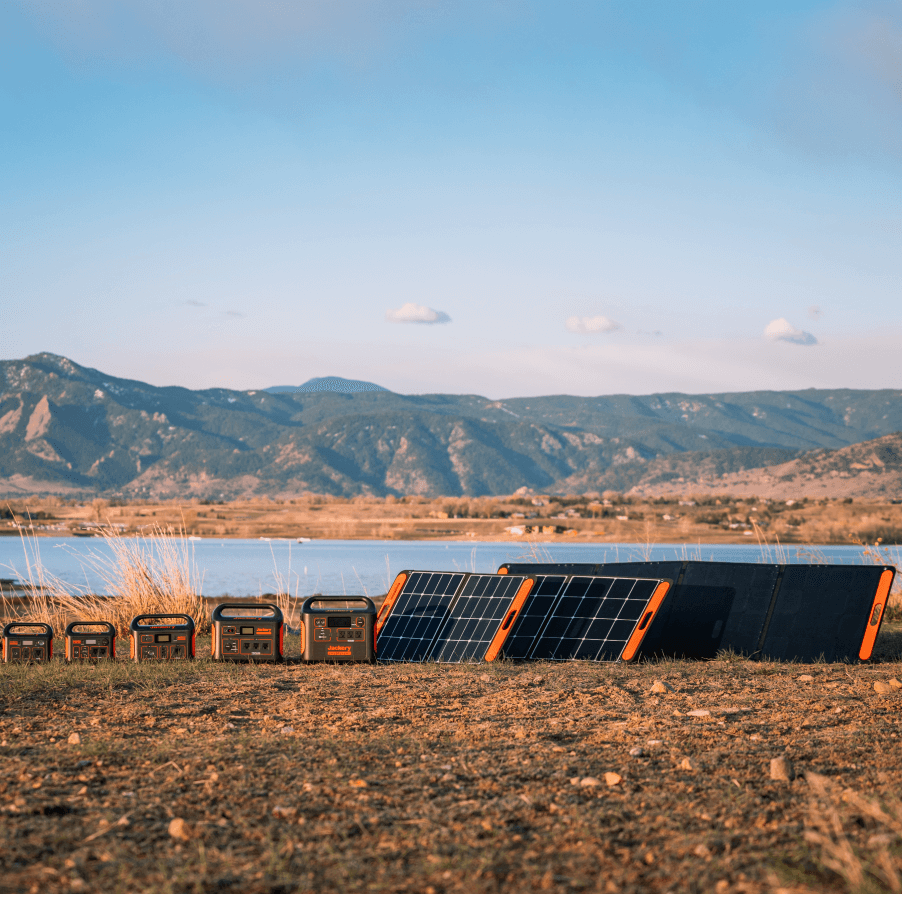
Leave a comment